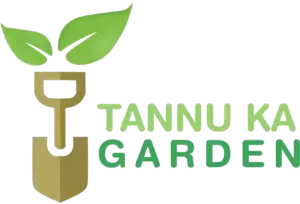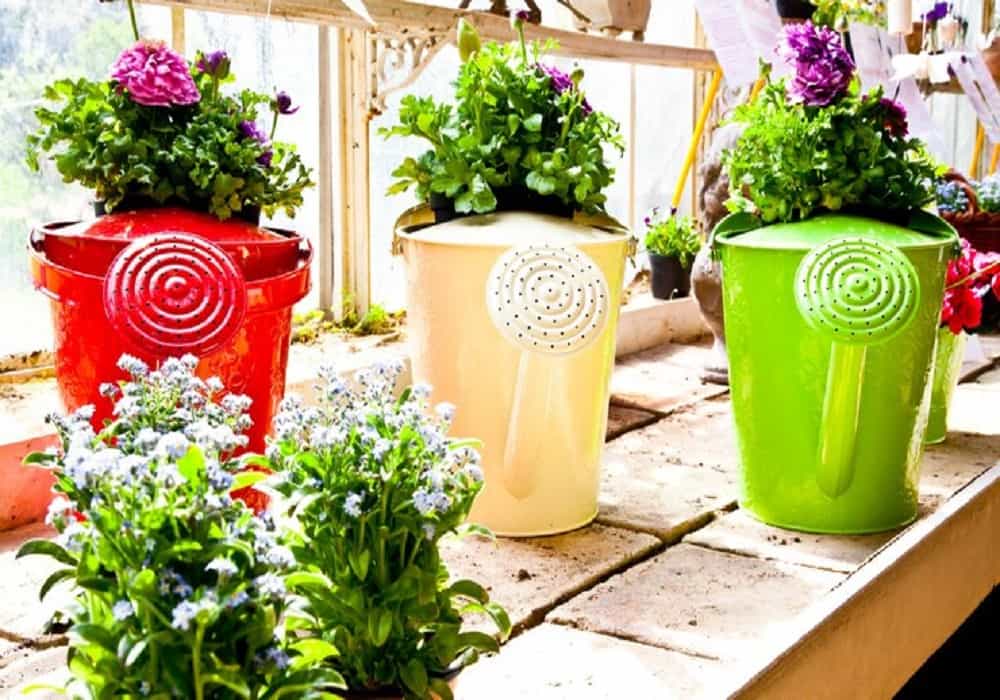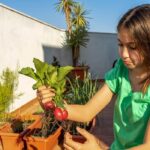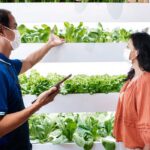Grow Big in Small Spaces: Top Container Gardening Ideas for Every Home
Container gardening has gained popularity as a practical solution for individuals with limited spaces who also have a great love for plants. Whether you reside in a compact apartment, a house with a small yard, or a place lacking any outdoor areas, container gardening provides an excellent method to develop your green retreat. Here are some helpful container gardening ideas for small spaces that will assist you in maximizing your area while cultivating lovely plants and even fresh produce.
1. Benefits of Container Gardening for Small Spaces
Before we look into the ideas, let’s take a look at why container gardening is well-suited for small spaces:
Flexibility: You can rearrange containers to enhance sunlight exposure or refresh your space.
Space-Saving: Vertical gardening and compact arrangements are ideal for balconies and patios.
Accessibility: These containers are easy to care for, requiring no bending or digging, making them ideal for individuals with mobility issues.
Aesthetic Appeal: They bring charm and greenery even to the smallest areas, enhancing the atmosphere.
2. Choosing the Right Containers
Your choice of containers can considerably influence your gardening success. Keep the following points in mind:
Size: Select larger containers for plants with extensive root systems, such as tomatoes, and smaller containers for herbs or flowers.
Material: Choose lightweight plastic for easy movement or terracotta for a traditional appearance.
Drainage: Make sure containers have drainage holes at the bottom to avoid water accumulation.
3. Top Container Gardening Ideas for Small Spaces
A. Vertical Gardening
Vertical gardening is an excellent approach to optimizing space. Here’s how to accomplish it:
- Employ wall-mounted planters or hanging pots for herbs, flowers, and trailing plants such as pothos.
- Consider investing in a vertical gardening stand or create your own using wooden pallets.
- Grow climbing plants, like beans or cucumbers, with a trellis in your containers.
B. Multi-Tiered Planters
Stacked or multi-tiered planters offer multiple levels for a variety of plants:
- Use a three-tiered planter for cascading flowers like petunias or foliage plants.
- Arrange different plants according to their sunlight requirements for each tier.
C. Edible Gardening in Containers
Grow your favorite vegetables and fruits in containers for a sustainable food source:
- Vegetables: Tomatoes, lettuce, peppers, spinach, and radishes flourish in pots.
- Herbs: Basil, cilantro, parsley, and mint are straightforward to grow and maintain.
- Fruits: Dwarf varieties of lemon, strawberry, or fig trees can thrive in containers.
D. Use Recycled Materials
Upcycling enhances your garden’s character and is environmentally friendly:
- Change old buckets, wooden crates, or even tin cans into attractive planters.
- Repurpose an old ladder to hold multiple small pots.
E. Balcony Railing Planters
If you have a balcony, railing planters can conserve floor space while providing plenty of room for your plants:
- Grow flowering plants such as geraniums or marigolds.
- Plant herbs and succulents in railing boxes for both practicality and decoration.
4. Soil and Fertilizer Tips
Container plants need specialized care regarding soil and nutrients:
- Use lightweight potting soil blended with compost for proper aeration and nutrient richness.
- Add slow-release fertilizers or organic options like worm castings.
- Refresh or replace the soil yearly to sustain its nutrient levels.
5. Watering Strategies for Containers
Watering is essential for container plants since they dry out more quickly than garden soil:
- Regularly check the soil moisture and water when the top inch feels dry.
- Consider setting up a self-watering system or using pots with water reservoirs for convenience.
- Water early in the morning to reduce evaporation.
6. Creative Plant Arrangements
Mix and Match
Combine plants of different heights, textures, and colors in a single container for visual interest:
- Pair tall ornamental grasses with medium-sized flowers like petunias and trailing plants such as ivy.
Themed Gardens
Establish a theme for your container garden:
Herbal Tea Garden: Cultivate chamomile, mint, and lemon balm.
Salad Garden: Grow lettuce, cherry tomatoes, and basil.
Succulent Display: Use a shallow container to display a variety of succulents and cacti.
7. Lighting Considerations
Evaluate how much sunlight your space receives each day:
- For full sun, cultivate tomatoes, peppers, or marigolds.
- For partial shade, choose lettuce, spinach, or begonias.
- Use grow lights in low-light areas to ensure your plants receive enough light.
8. Maintaining Your Container Garden
Keeping your plants healthy requires consistency:
- Regularly prune to promote growth and preserve shape.
- Occasionally rotate containers to ensure uniform sunlight exposure.
- Watch for pests and apply organic pest control options such as neem oil.
9. Seasonal Adaptation
Change out plants by season to maintain a bright garden throughout the year:
- In cooler months, cultivate pansies and kale.
- In warmer seasons, grow zinnias, marigolds, and herbs.
Conclusion
Container gardening offers a wonderful way to connect with nature, even in limited spaces. By implementing these container gardening ideas for small spaces, you can develop a lush and productive garden that aligns smoothly with your lifestyle. With ingenuity, the appropriate containers, and a bit of attention, your small-space garden can thrive into a lovely and useful green retreat.






